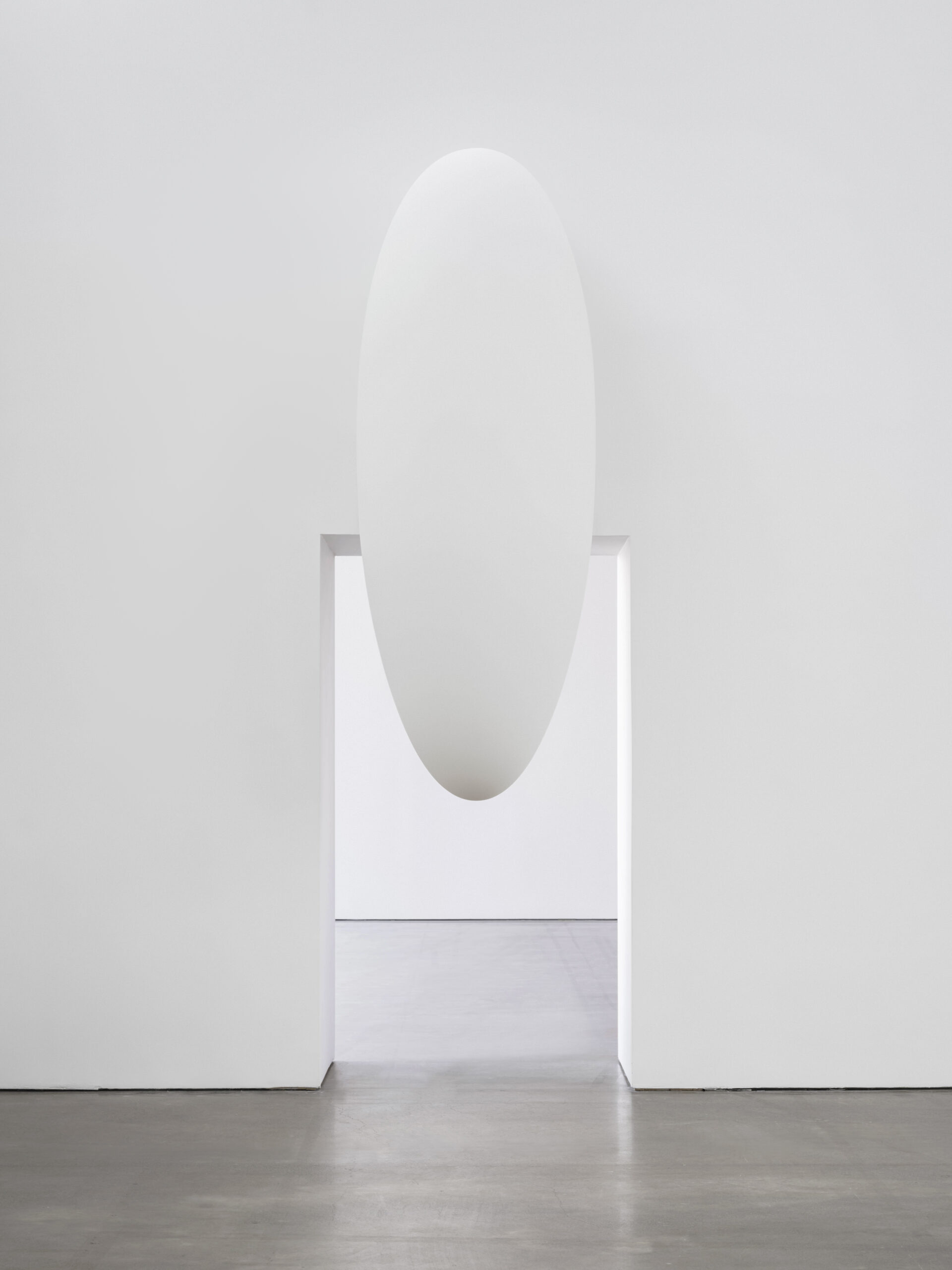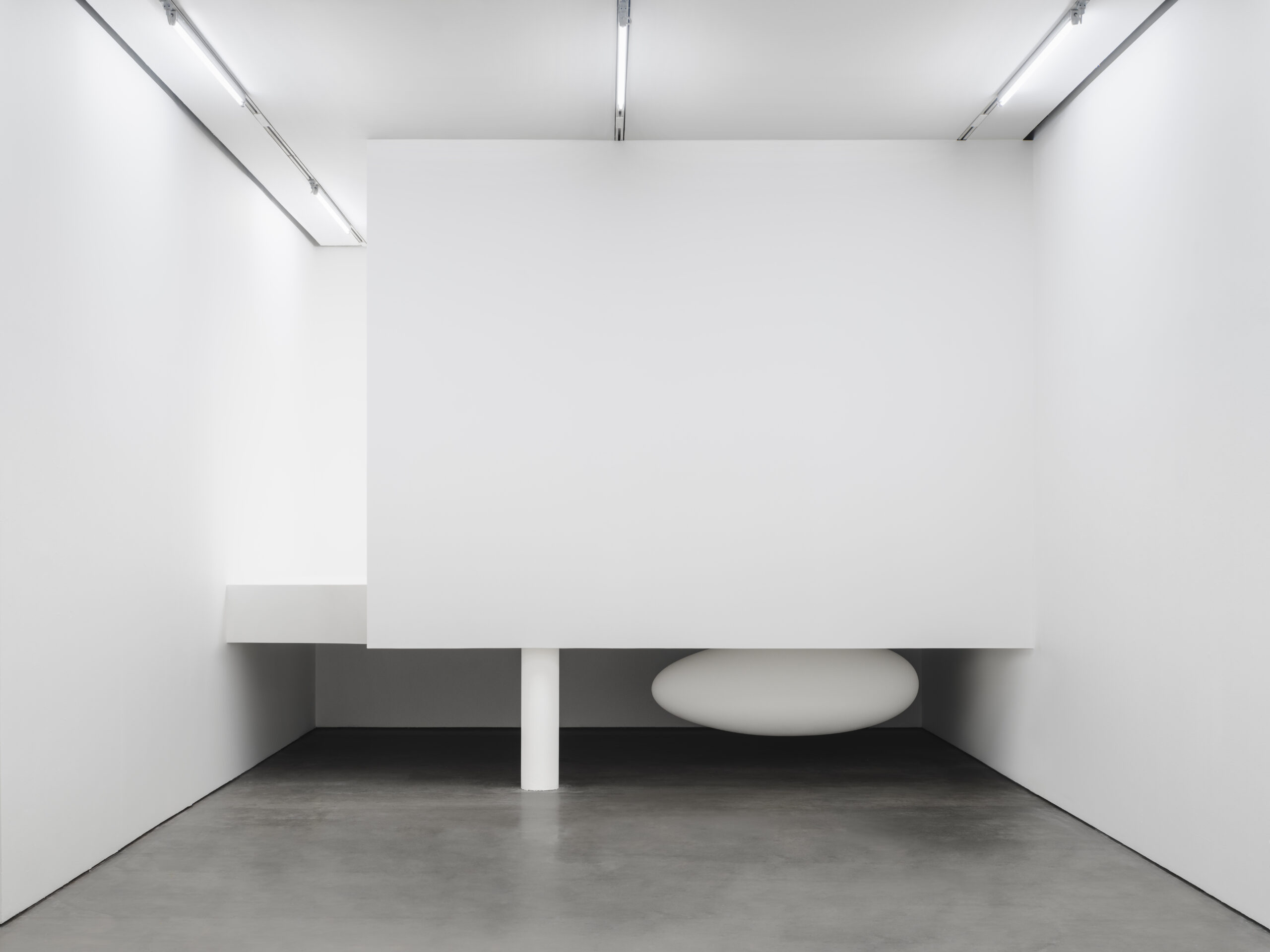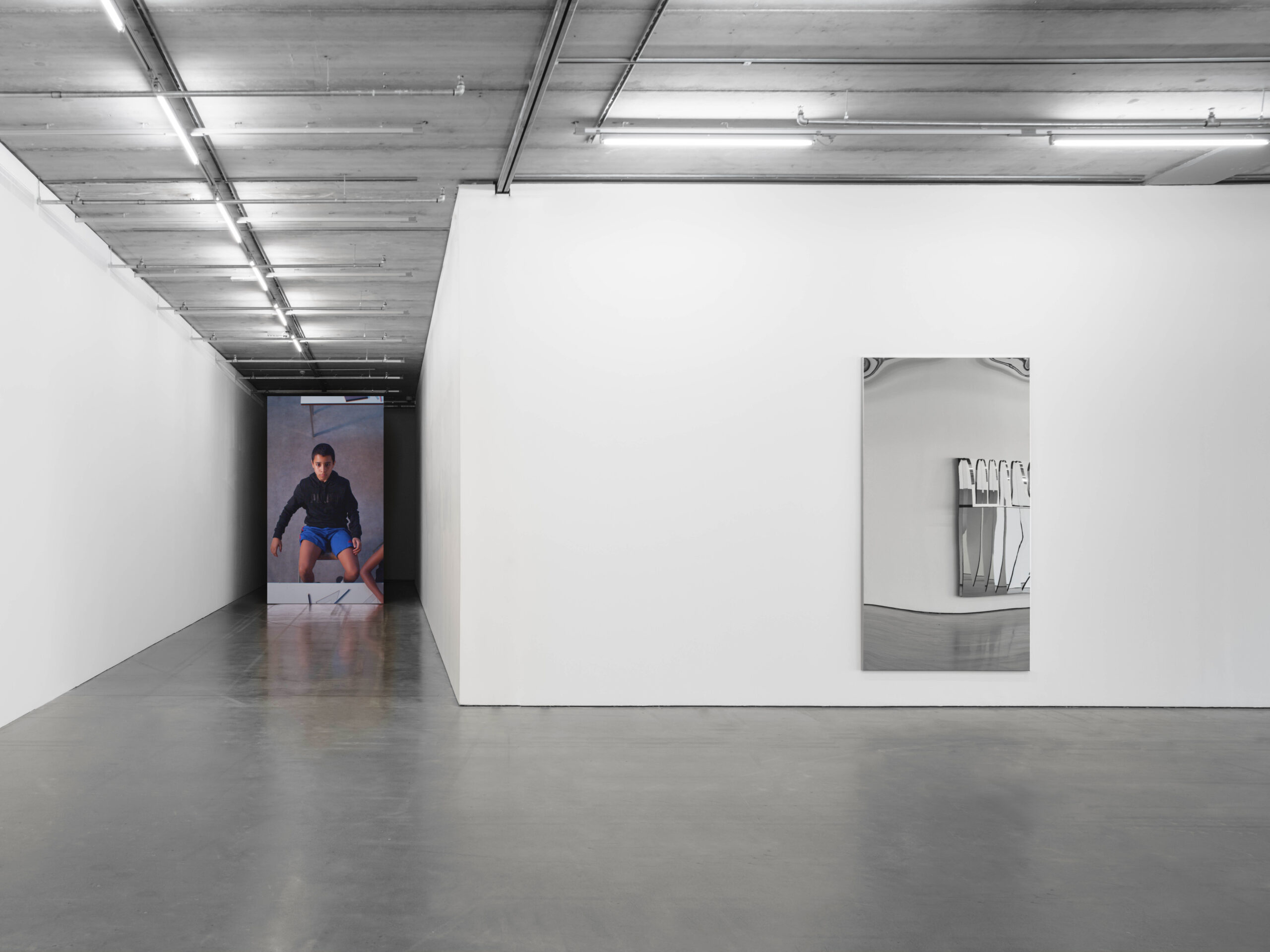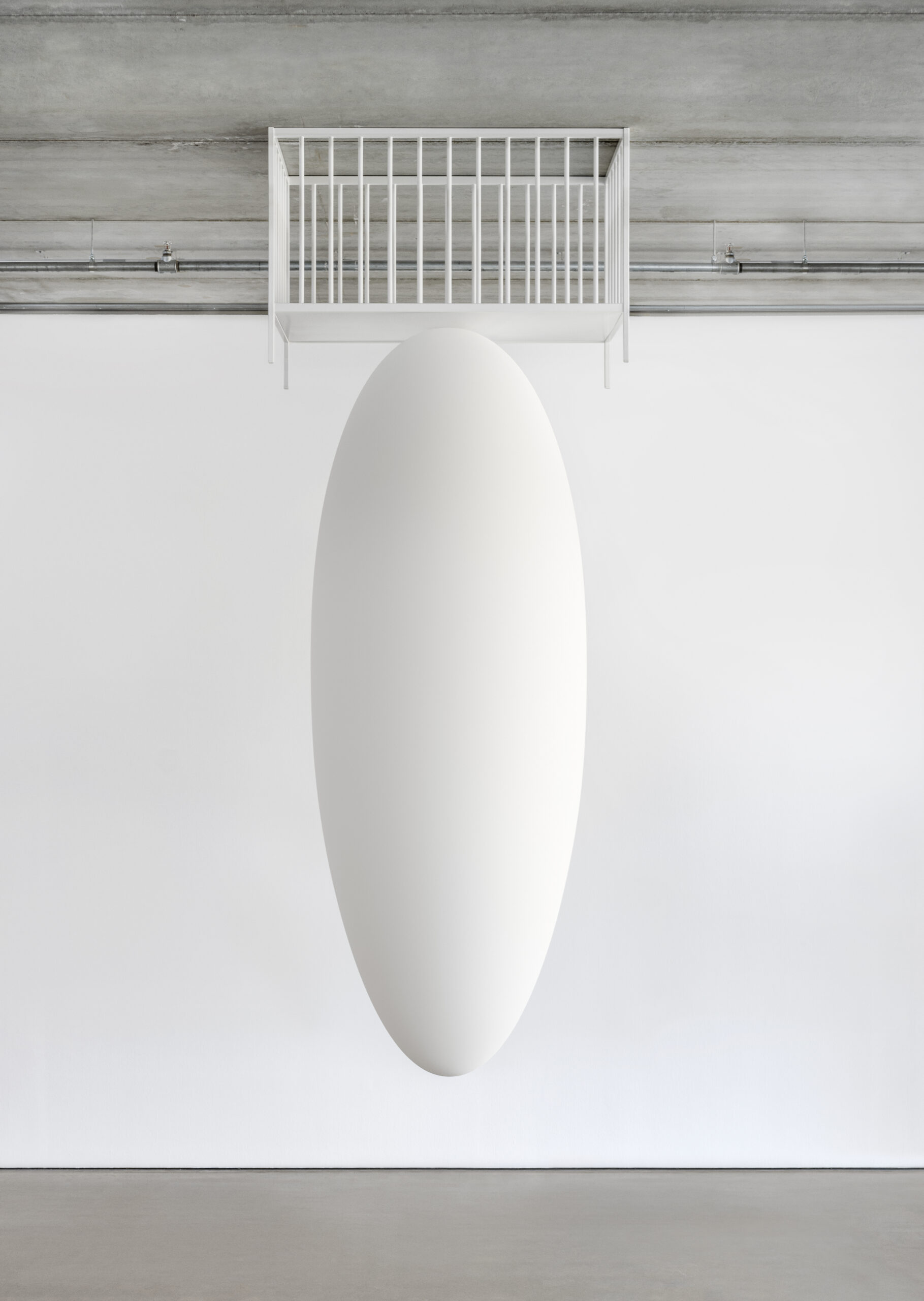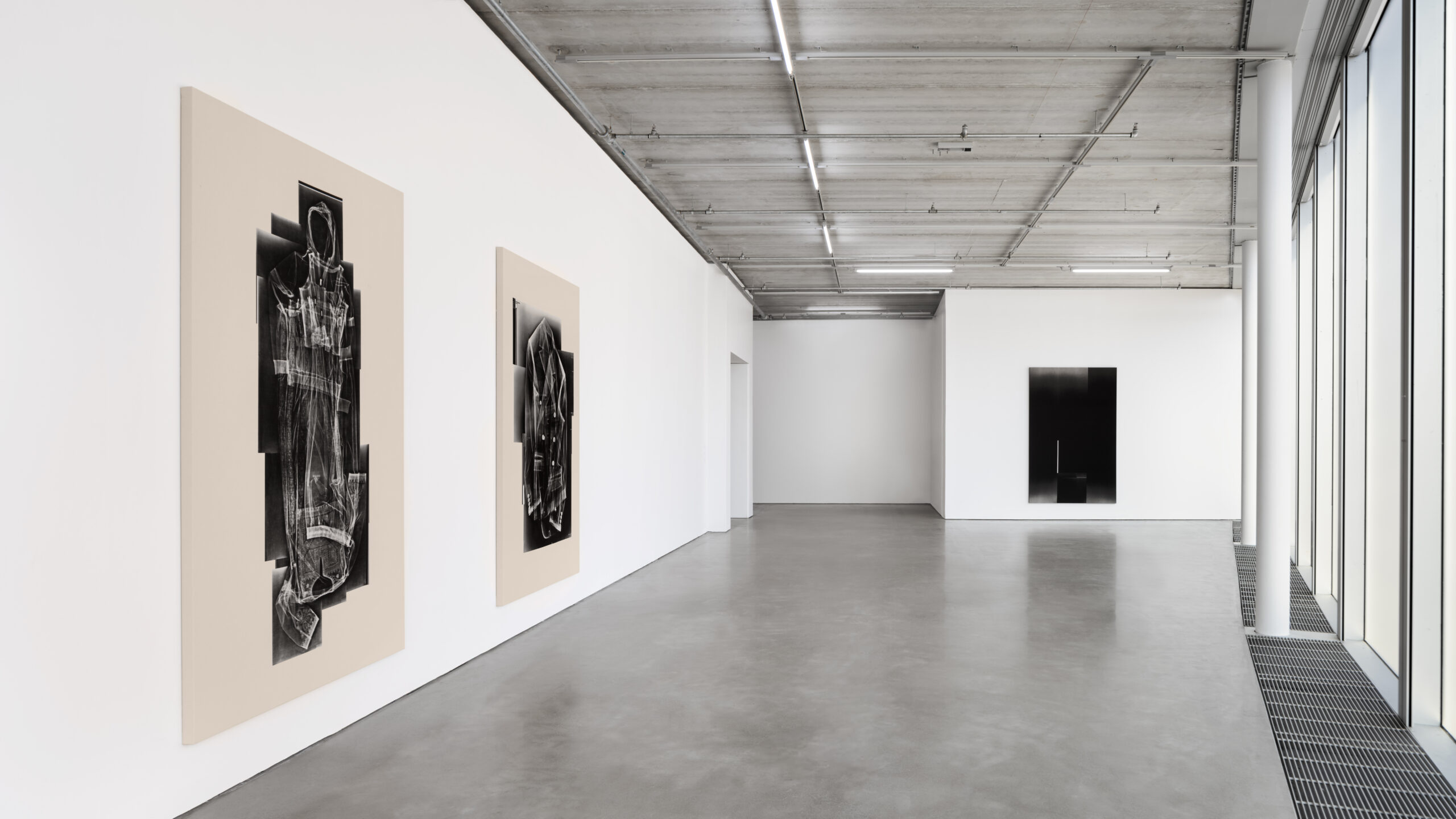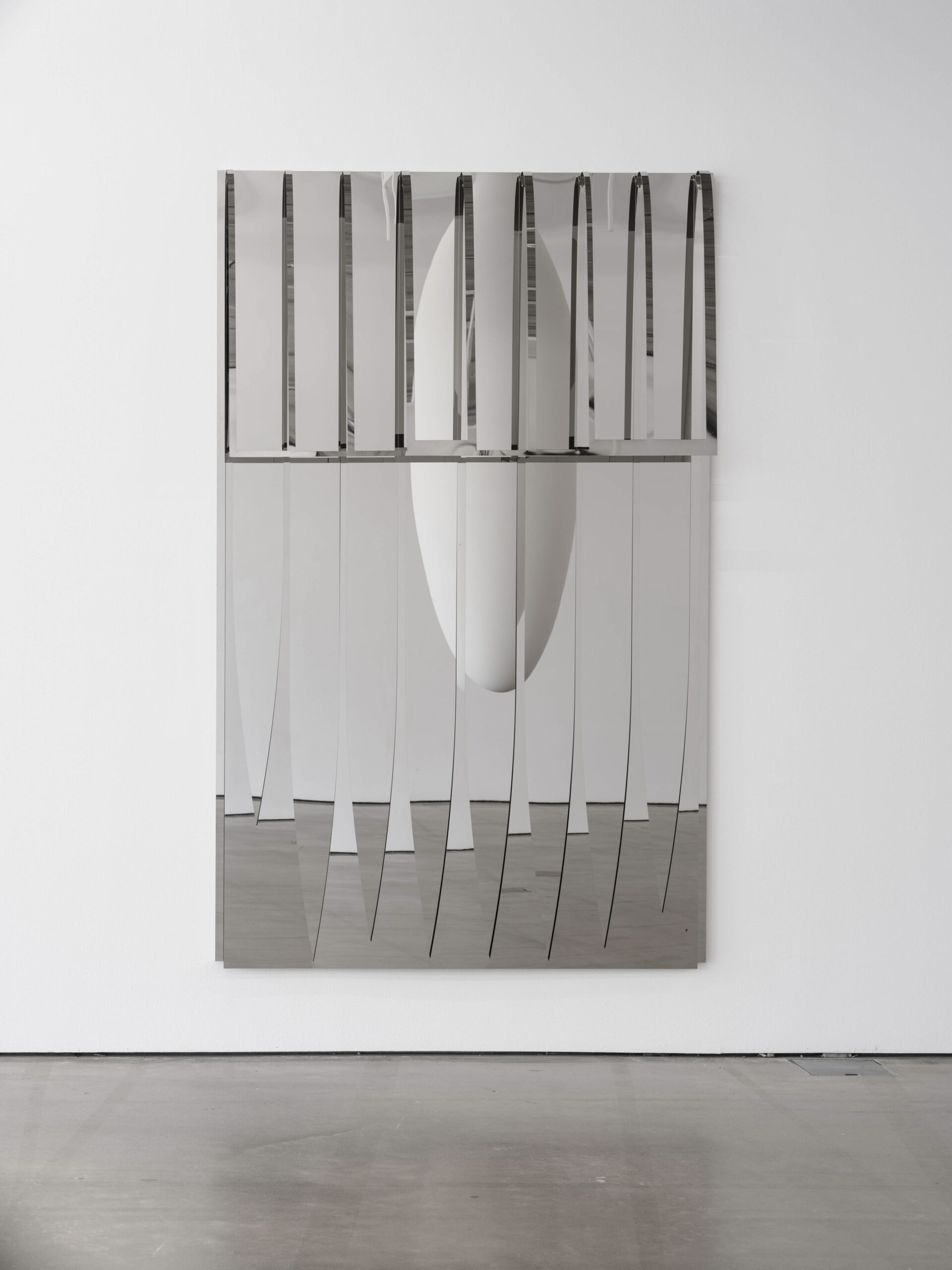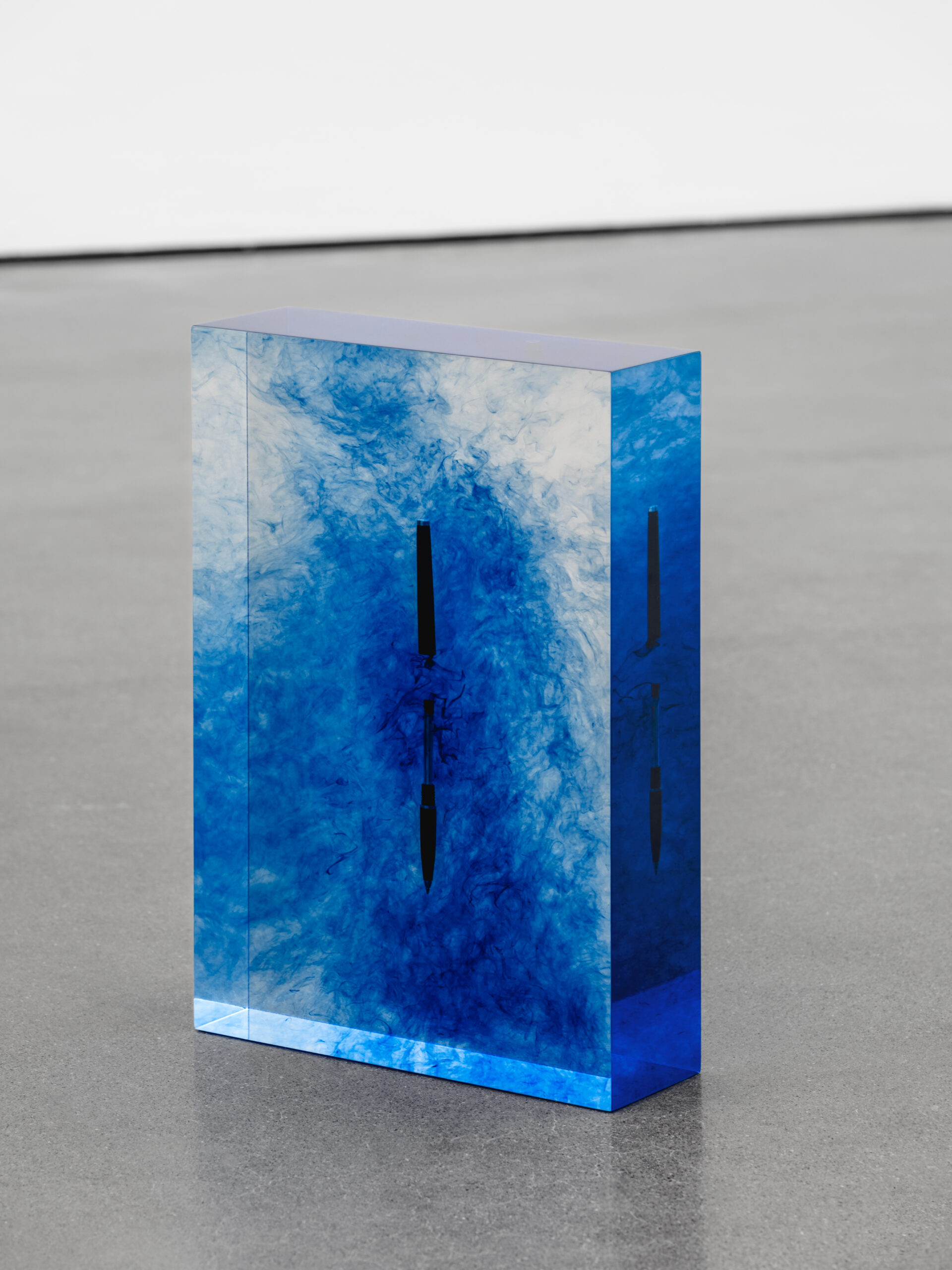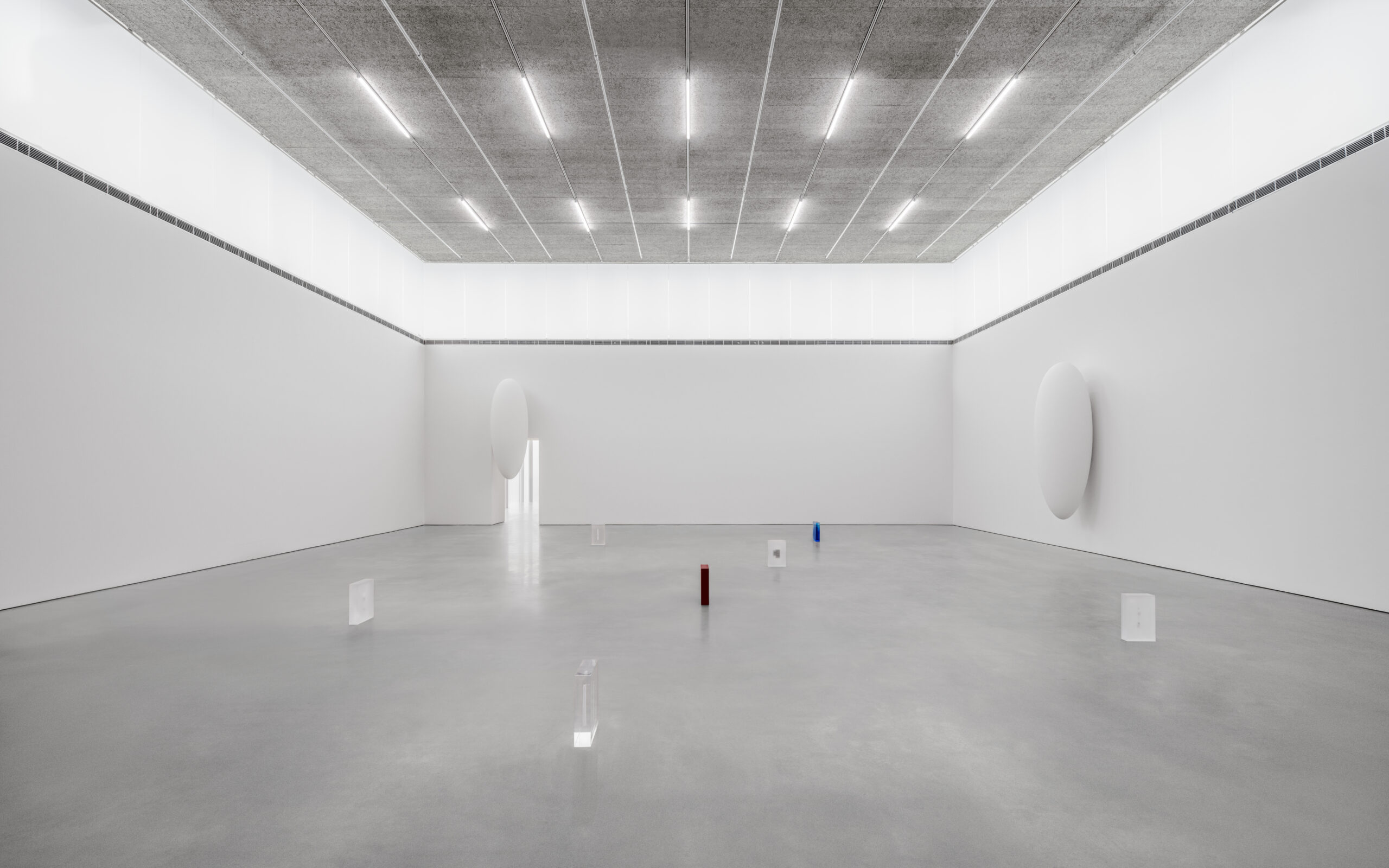The exhibition Becoming at Bonniers Konsthall presents Tarik Kiswanson’s exceptionally multidimensional practice, which employs sculpture, writing, drawing, performance, and video to explore subjects relating to memory, heritage, time and belonging. Notions of rootlessness, regeneration and renewal form the core of his art, subjects that he constantly comes back to regardless of expressive means. A central theme in the exhibition, which features several new works, is the idea of levitation, which he explores as a psychological state of mind and as a physical phenomenon.
Kiswanson comes from a Palestinian family, which in exile from Jerusalem fled via North Africa to Jordan before ending up in Halmstad in the early 1980s, where he was born in 1986. At the immigration office, the family name Al Kiswani was transformed to the more Swedish-sounding Kiswanson.
My identity has been defined by several cultures, my abstract works stem from my own condition as a second-generation immigrant, shaped in the aftermath of displacement. Throughout my life, I have used sculpture and writing to explore transitory and interstitial states of the human condition. – Tarik Kiswanson
The philosopher Édouard Glissant’s ideas on identity as constructed relationally, which are expressed in his essay Poetics of Relation (Poétique de la relation, 1990), have had a profound influence on Kiswanson’s work. Glissant neither suppresses nor seeks reconciliation with a complex and multifaceted history but approaches it as a distinct condition from which we can gather the strength to move forward. The artist often reflects on the fragmented identities of the diaspora, examining what is lost and acquired intergenerationally through displacement and migration.
